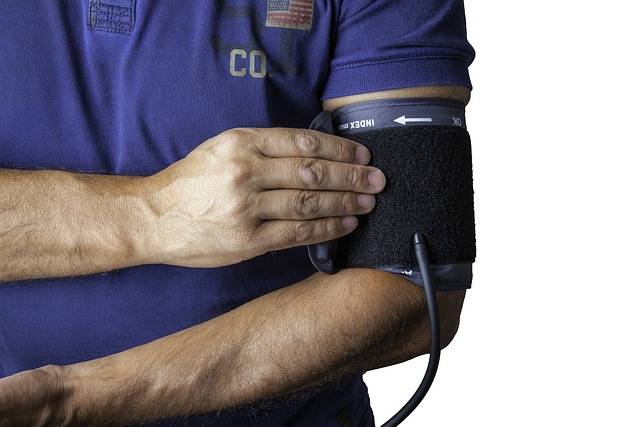Category: Chronic Disease
-

Silent No More: Raising Awareness on the Connection Between High Blood Pressure and Stroke
High blood pressure, or hypertension, is a condition that affects millions of people worldwide. It is often called the “silent killer” because it can cause damage to the body without showing any symptoms. One of the most dangerous consequences of high blood pressure is stroke. Stroke is a medical emergency that occurs when blood flow…